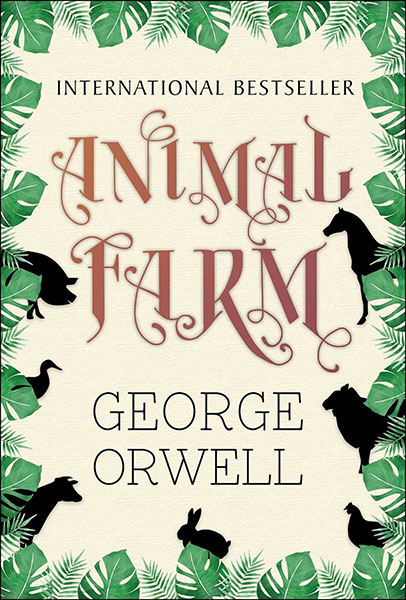
Uncle Tom's Cabin
Originally published in March 1852, ‘Uncle Tom's Cabin’ is a novel that depicts the harsh conditions experienced by enslaved African Americans by Harriet Beecher Stowe, an American author, and abolitionist. This is Stowe's powerful abolitionist novel that fueled the fire of the human rights debate in 1852. Denouncing the institution of slavery in dramatic terms, the incendiary novel quickly draws the reader into the world of slaves and their masters.
Stowe's characters are powerfully and humanly realized in Uncle Tom, a majestic and heroic slave whose faith and dignity are never corrupted; Eliza and her husband, George, who elude slave catchers and eventually flee a country that condones slavery; Simon Legree, an inhumane plantation owner; Little Eva, who suffers emotionally and physically from the suffering of slaves; and fun-loving Topsy, Eva's slave playmate.
Critics, scholars, and students are today revisiting this monumental work with a new objectivity, focusing on Stowe’s compelling depiction of women and the novel's theological underpinnings.
BEST DEALS
About the Author
HARRIET BEECHER STOWE (1811 1896) was born in Litchfield, Connecticut, the daughter of Lyman Beecher, an outspoken religious leader, who raised her on devotional tales of Christian charity and brotherhood. When her father moved the family to Cincinnati and became head of the Lane Theological Seminary, she had her first exposure to slavery and abolitionism, witnessing race riots, hearing the stories of runaway slaves, and aiding fugitive slaves from the South.












